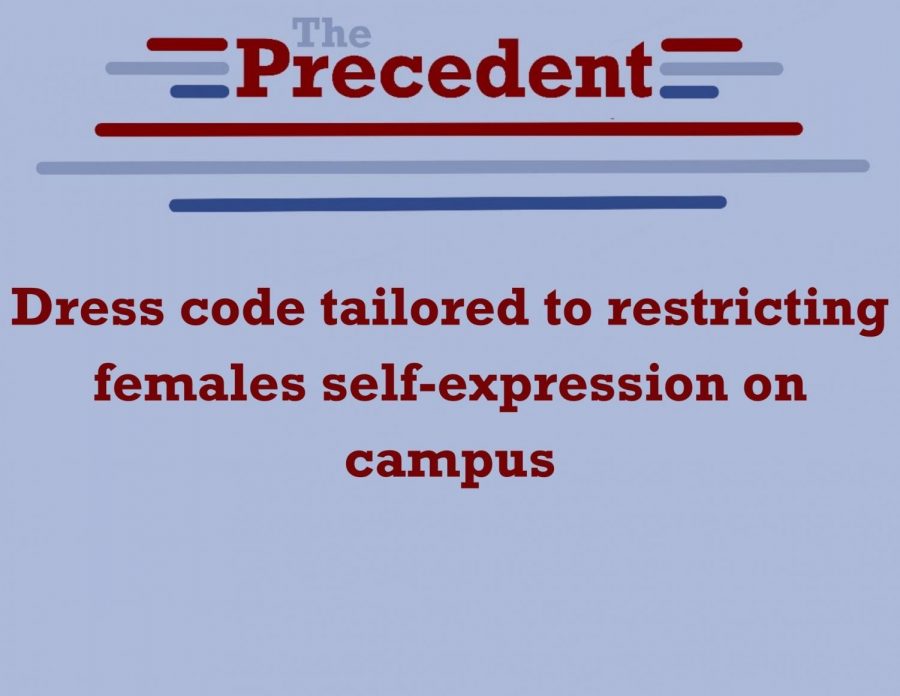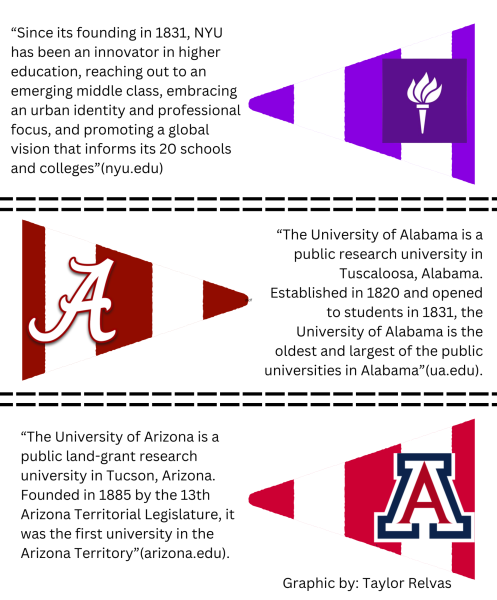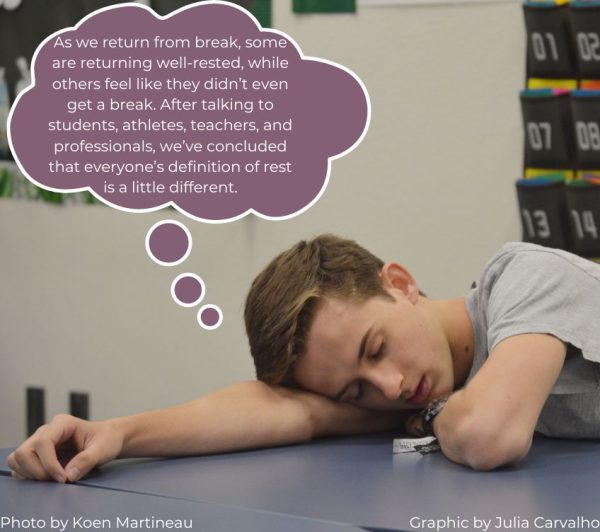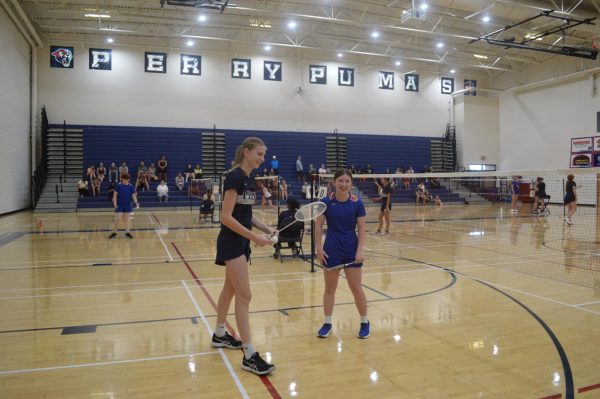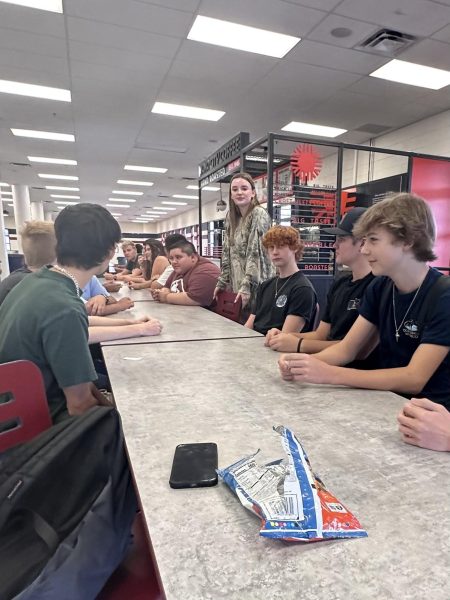Dress code tailored to restricting females self-expression on campus
Students, while on campus and at student events, are required to follow Dress Code. Dress codes have been known to put stricter requirements on females.
Ever since preschool, school boards have dictated what students are allowed to wear.
In grade school, this wasn’t as big of an issue, as parents mainly took over the shopping and choosing outfits for the week. The standards were easier to follow back then, due to the fact that children’s clothing is made with the intention that kids will be running, jumping, and sitting criss-cross applesauce in class.
However, when beginning the discovery of personal style, knee-length shorts and cartoon character t-shirts aren’t everyone’s personal preference. Some individuals begin to prefer skirts over shorts and pants, and spaghetti strap tank tops over t-shirts and long sleeves. For males, the discovery of personal style may almost be easier, as men’s clothing is traditionally designed to cover the chest, stomach, and the majority of their legs.
Wearing clothes to school that represent you, and that you are comfortable in, should be the main priority. Instead, the PHS Handbook states that “Students shall not wear tank tops, halter tops, garments with spaghetti straps, strapless garments, trench coats.”
Although the dress code never states that these rules apply to males or females specifically, clothing options that might contain these prohibited styles are generally marketed towards females. For example, there are significantly more cropped shirts that are advertised to women than there are to men.
The ability to follow these guidelines gets progressively harder each year as clothing companies are tailoring their styles more towards cropped and revealing clothing. This limits the student’s ability to express themselves on school campuses, a time when self-expression and discovery are very important. It also makes it harder for students to buy clothing that would fit into the provided dress code.
A good portion of current fashion trends revolve around base styles of cropped shirts that have thinner, spaghetti strap sleeves. Other shirt styles are lower cut, with corset-style framing and necklines. Ripped jeans have also evolved past basic knee-rips, with some styles now having two main rips, down the front of both pant legs, often leaving the thigh to the shins exposed. Other jeans may have rips located on the back of the upper thigh area, along with the standard front rips.
Learning to navigate personal style, along with trying to balance unfair dress codes is hard for students. Some teachers may be more lenient on dress code, provided the student isn’t dressed too inappropriately and doesn’t disrupt the classroom environment.
The dress code, although meant to maintain certain standards of modesty while on campus, is also tailored towards limiting students’ ability to express themselves. While some rules can be considered applicable to all genders, females are often unfairly put under stricter requirements than others.

Lauren Ludwig is a senior and is excited for her second year of newspaper. Her beat this year is the English Department, which she is excited to write...

